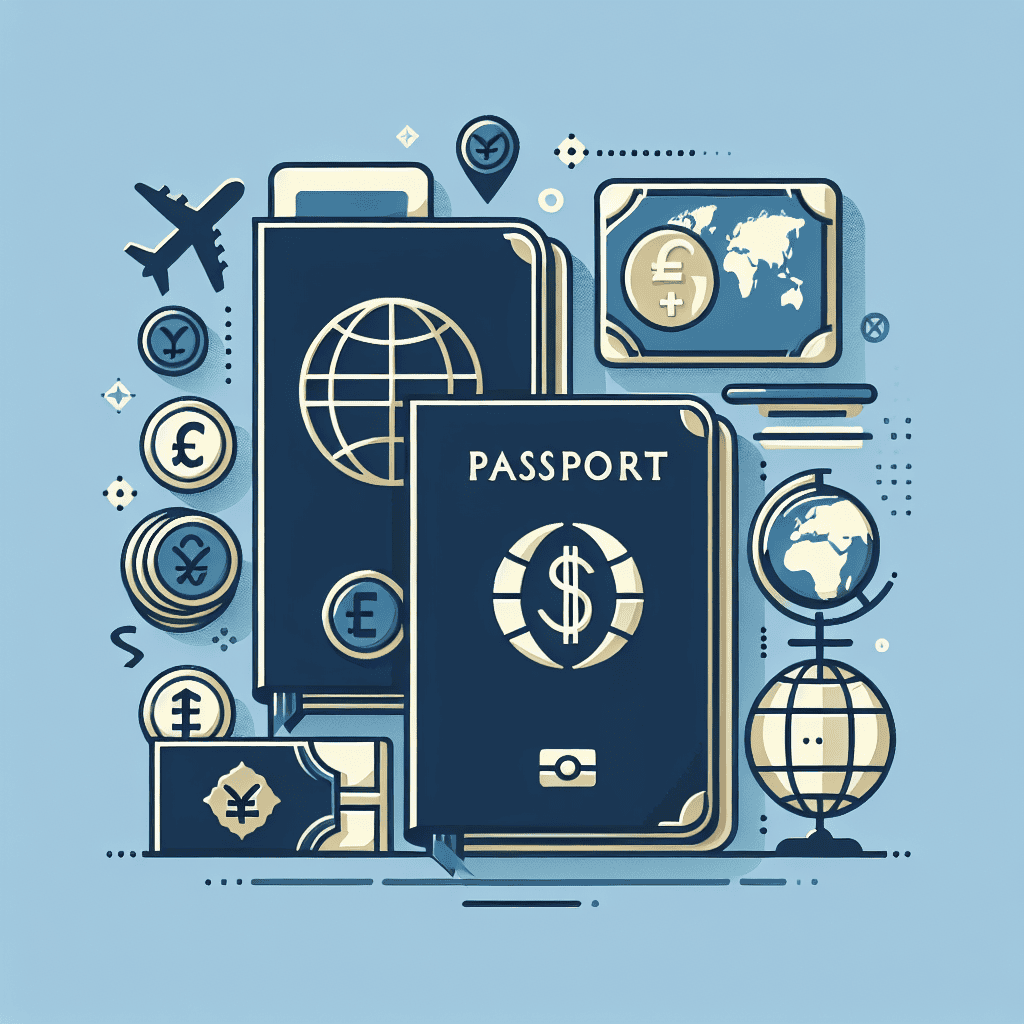
How to handle currency exchanges abroad

Mr Passport
How to Handle Currency Exchanges Abroad
As we all know, traveling can be an exhilarating experience, but dealing with currency exchanges abroad can be a real challenge for solo travelers like us. I've been in that situation before, and trust me, it's not fun trying to figure out exchange rates while navigating unfamiliar streets.
That's why we here at Passport Bro Blog want to share our expertise on how to handle currency exchanges abroad with ease. Whether you're planning a quick weekend getaway or an extended solo trip, understanding the ins and outs of currency exchange is crucial to making the most of your journey.
Key Points
Before we dive into the nitty-gritty, here are some key points to keep in mind:
| Type of Currency Exchange | What to Consider |
|---|---|
| Foreign Exchange (FX) | Understand the current market rate and potential fees. |
| Credit/Debit Cards | Know your bank's foreign transaction fees and exchange rates. |
| ATMs | Be aware of international ATM fees and daily withdrawal limits. |
Exploring Currency Exchange Options
We've all been there - stuck in a situation where we need to exchange currency, but don't know what to do. In this section, we'll break down the different options available to you:
Foreign Exchange (FX)
Foreign exchange is the most traditional way of exchanging currency for cash. However, it can be time-consuming and often comes with lower rates than other options.
Pros
- Wide availability
- Can be done at banks or specialized currency exchange offices
- No need for an ATM card
Cons
- Limited hours of operation
- Often come with higher fees
- May not have the best rates
Credit/Debit Cards
Using your credit or debit card abroad can be a convenient option, but it's essential to understand how international transactions work.
Pros
- Convenient and easy to use
- No need to carry cash
- Can earn rewards points or cashback
Cons
- Foreign transaction fees apply (typically 1-3% of the transaction amount)
- Daily withdrawal limits may apply
- May not be accepted at all merchants or in some countries
ATMs
ATMs can be a convenient way to withdraw local currency, but be aware of the potential fees.
Pros
- Convenient for withdrawing cash
- Often have competitive exchange rates
- Can avoid foreign transaction fees
Cons
- International ATM fees apply (typically $2-5 per withdrawal)
- Daily withdrawal limits may apply
- May not have the best exchange rate
Practical Tips for Solo Travelers
Now that we've covered the basics, here are some practical tips to help you navigate currency exchanges abroad:
Use a Credit/Debit Card with No Foreign Transaction Fees
If you plan on doing a lot of international transactions, consider using a credit or debit card with no foreign transaction fees. This can save you a significant amount of money in the long run.
Keep Your ATM Card Pin Safe
Remember to keep your ATM card PIN safe and secure. Don't leave it lying around or share it with anyone who doesn't need to know it.
Avoid Exchanging Currency at Airports or Tourist Areas
Airports and tourist areas often have less competitive exchange rates, so try to avoid exchanging currency there if possible.
Common Challenges and Solutions
| Challenge | Solution |
|---|---|
| Exchange Rate Uncertainty | Use a credit card with no foreign transaction fees or invest in a prepaid currency card. |
| ATM Fees | Look for ATMs affiliated with your bank's network to minimize international fees. |
| Limited Access to Cash | Consider using digital payment methods like Apple Pay, Google Pay, or Samsung Pay instead of cash. |
Related Posts
- How To Stay Productive As A Digital Nomad
- Best Countries For Expats
- How To Make The Most Out Of Solo Dining
That's it for today, folks! We hope this guide has helped you better understand how to handle currency exchanges abroad. Remember to stay informed, be patient, and always keep your wits about you when navigating unfamiliar territories.
Happy travels, and don't forget to follow us on social media for more travel tips and insights!
Your fellow Passport Bro, Mr. Passport